Make this easy sweet and savoury unagi sauce with just 4 ingredients – tamari, sake, sugar and mirin. Also known as Japanese eel sauce, it’s perfect for drizzling over homemade sushi, noodles and more!
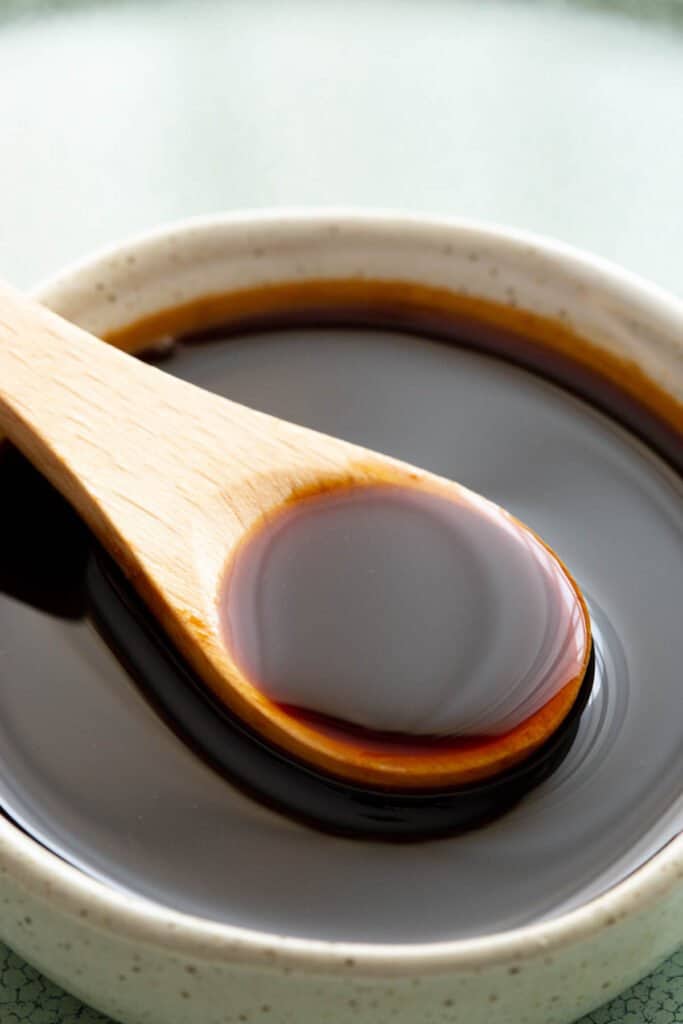
Why We Love This
We love the sweetly salty, caramelised flavour in this Japanese unagi sauce recipe.
Not just for the traditional grilled eel, it’s also perfect over grilled chicken or any kind of fish or seafood. You can even serve it with homemade sushi or rice bowls.
Like all our favourite homemade sauces, there are no nasties like artificial colours or preservatives. You can adjust the levels of sweet and salty flavour, and cook it down to your preferred thickness.
Related: Kecap Manis Recipe / Japanese Umami Sauce
Did you know?
Eel sauce doesn’t actually contain any eel! It’s a sauce used to coat grilled eel in dishes like unadon (eel over rice) and unagi nigiri (eel sushi).
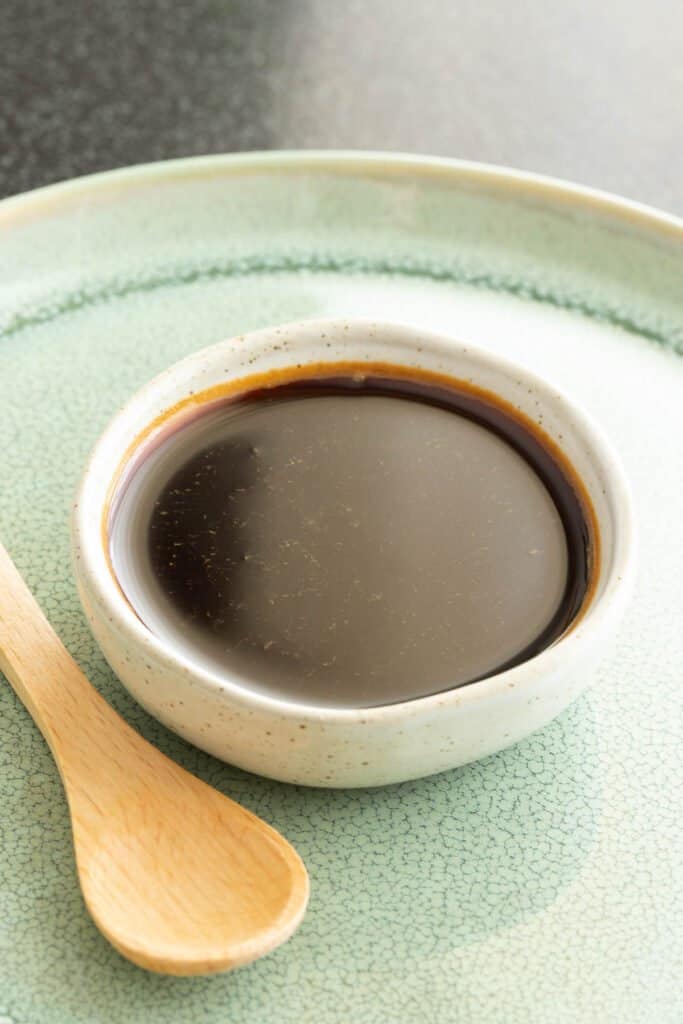
What is Unagi Sauce?
This classic Japanese sauce (known as unagi sauce or eel sauce) has lots of other names too – うなぎのたれ (unagi no tare), kabayaki sauce and nitsume sauce. They all refer to a caramelised golden brown sauce that’s salty, sweet and full of umami.
This dark sweet and sticky sauce is usually used to coat eel in Japan. Usually the eel is grilled first, then basted with the sauce. Popular on rice bowls like unagi donburi (shortened to unadon / うな丼) or unaju (a similar dish, but pricier and higher quality, traditionally served in a lacquered jubako box).
The sauce itself consists of tamari or dark soy sauce, cooking sake and mirin. Sugar is added to help thicken the sauce as it reduces. It uses the same base ingredients as other Japanese sauces like teriyaki sauce or yakitori sauce, but differences in ingredient ratios to suit its intended use.
Commercial unagi sauce brands are usually available in the Asian or International aisle of supermarkets, otherwise you can find them at Asian groceries or online.
What You’ll Need
- Tamari – For the best flavour and quality, use a Japanese brand tamari sauce such as Kikkoman which has the perfect balance of flavour and salt. Most brands of tamari are also gluten free. Otherwise, sub with regular soy sauce or low-sodium soy sauce if you prefer.
- Mirin – This is a sweet rice wine for cooking. You can sometimes find it in regular supermarkets, otherwise head to your nearest Asian grocer or online. If you don’t have it, just leave it out and add in an extra 1 tsp of sake and sugar instead.
- Cooking Sake – This is a type of rice wine made for cooking. It’s lighter and more delicate in flavour than Chinese cooking wine, but you can use either in this recipe. Look for it at Asian grocers or online. You can substitute with sherry or a blend of 50:50 vodka and water in a pinch, or just use water only and leave out the alcohol completely. If you’re unsure about the alcohol in this recipe, remember that it will evaporate during the cooking process, leaving you with the beautiful flavour and shine only.
- Sugar – Regular white sugar, otherwise sub with any sugar you have on hand. You can even use maple syrup if you prefer.
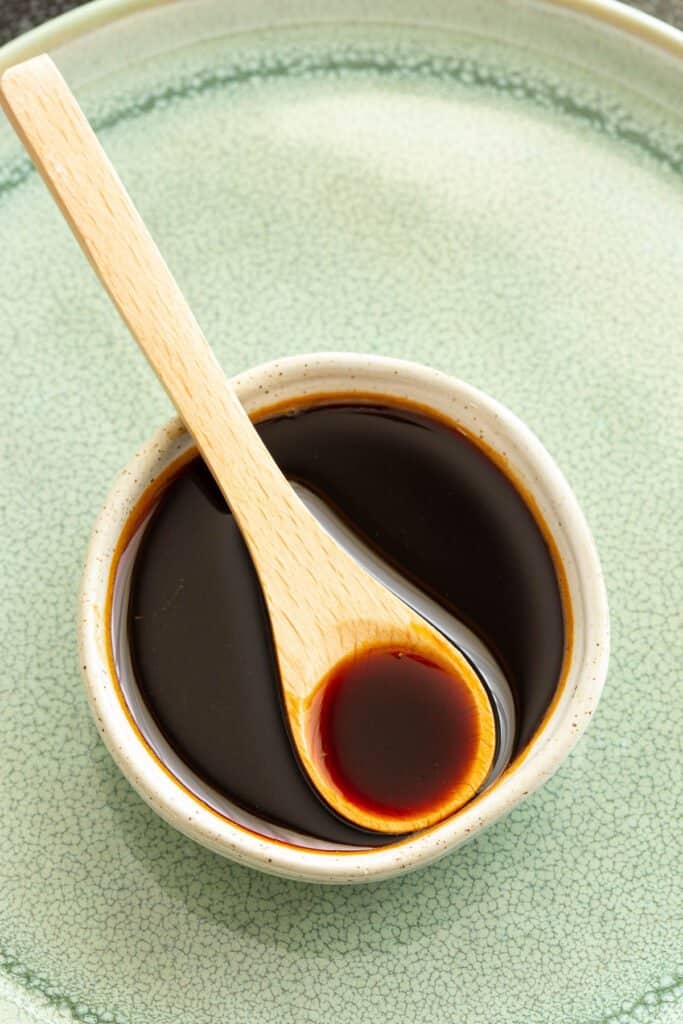
Wandercook’s Tips
- Double the Recipe – If you know you’ll use it up, make a double batch and store it in a squeezy bottle for extra convenience.
- Don’t Over-Cook – Cooking the sauce for too long or over too high heat can burn the sauce around the edges of the pan and result in a bitter flavour.
- Extra Thick – If the sauce isn’t quite as thick as you’d like, stir in a simple cornstarch slurry (1 tsp cornstarch dissolved in 2 tsp water) to thicken it up even more.
- Storage – This sauce is best used within 1-2 months. Store in an airtight glass bottle or jar in the fridge.
FAQs
Homemade eel sauce is amazing as a basting, cooking or dipping sauce for BBQ meats, grilled chicken, fried chicken, fish or pork dishes. Try it with leftover homemade onigiri to make yaki-onigiri (grilled onigiri), or as the sauce for slow cooked mushrooms.
This sauce is perfect over freshly cooked noodles as a quick snack. Drizzle it over other noodle dishes like yakisoba or mee goreng to really amp up the flavour.
Note: Unlike other Japanese sauces, unagi sauce is not generally used as a marinade. This is because the sauce has already been cooked down and reduced to make it sticky. Doesn’t mean you can’t experiment though! If you try it, let us know how you go.
Sauces with similar ingredients are the best place to start. Teriyaki sauce is readily available (and easy to make at home), otherwise kecap manis is also a great substitute.
Variations
- Adjust Sweetness – You can double or halve the sugar according to your own tastes. If you double it, just note the sauce will reduce quicker so adjust your cooking time and keep an eye on it as you reduce it.
- Add Nuttiness – Try it with a splash of sesame oil or a sprinkling of ground toasted sesame seeds.
- Make it Spicy – Stir in a sprinkling of sansho (Japanese pepper), regular black pepper, shichimi togarashi or cayenne pepper.
- Even More Umami – Add half a cup of dashi stock and cook the sauce down for longer to bring even more savoury flavour to the sauce.
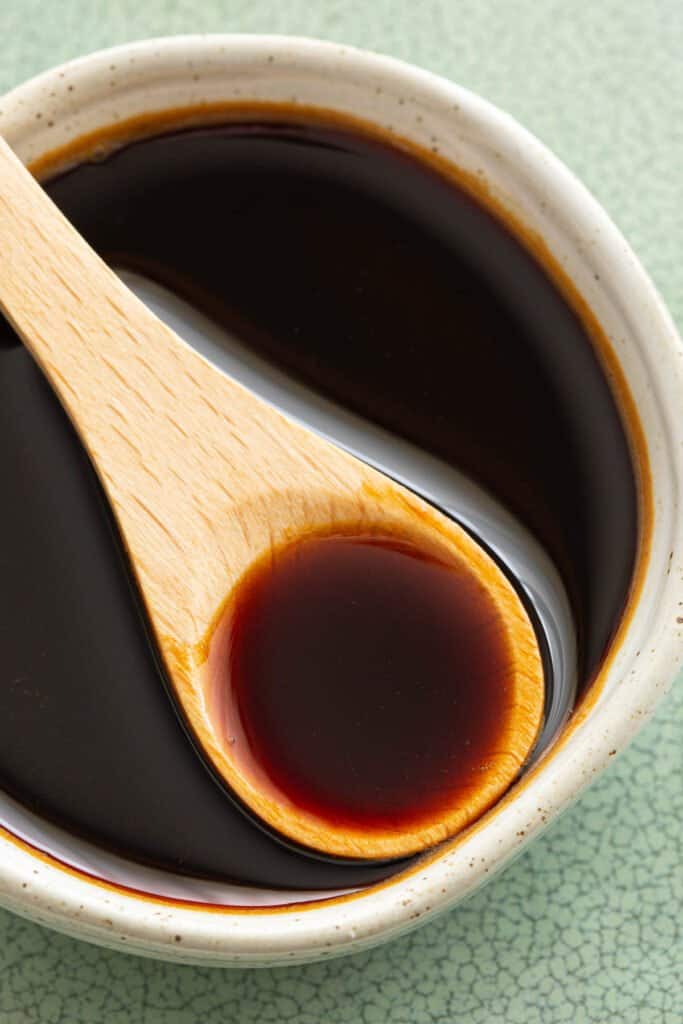
Drizzle your amazing homemade eel sauce over these tasty recipes:
★ Did you make this recipe? Please leave a comment and a star rating below!
Equipment
Instructions
- Place sake, mirin and sugar in a small saucepan over medium high heat. Bring to a boil and cook for 2-3 minutes to cook off the alcohol.3 tbsp mirin, 3 tbsp sake, 1 ½ tbsp sugar
- Add tamari, then continue to simmer over a medium high heat for around 5-10 minutes or until the sauce reduces by at least half. If you want an extra thick sauce, you can reduce this further, down to a third or more.3 tbsp tamari
- Use unagi sauce for more than just basting eel. This is a nice alternative sauce for yakitori, teriyaki or tsukune chicken. You can even slather it over your onigiri!
Recipe Notes
- Double the Recipe – If you know you’ll use it up, make a double batch and store it in a squeezy bottle for extra convenience.
- Don’t Over-Cook – Cooking the sauce for too long or over too high heat can burn the sauce around the edges of the pan and result in a bitter flavour.
- Extra Thick – If the sauce isn’t quite as thick as you’d like, stir in a simple cornstarch slurry (1 tsp cornstarch dissolved in 2 tsp water) to thicken it up even more.
- Storage – This sauce is best used within 1-2 months. Store in an airtight glass bottle or jar in the fridge.
- Adjust Sweetness – You can double or halve the sugar according to your own tastes. If you double it, just note the sauce will reduce quicker so adjust your cooking time and keep an eye on it as you reduce it.
- Add Nuttiness – Try it with a splash of sesame oil or a sprinkling of ground toasted sesame seeds.
- Make it Spicy – Stir in a sprinkling of sansho (Japanese pepper), regular black pepper, shichimi togarashi or cayenne pepper.
- Even More Umami – Add half a cup of dashi stock and cook the sauce down for longer to bring even more savoury flavour to the sauce.
Nutrition
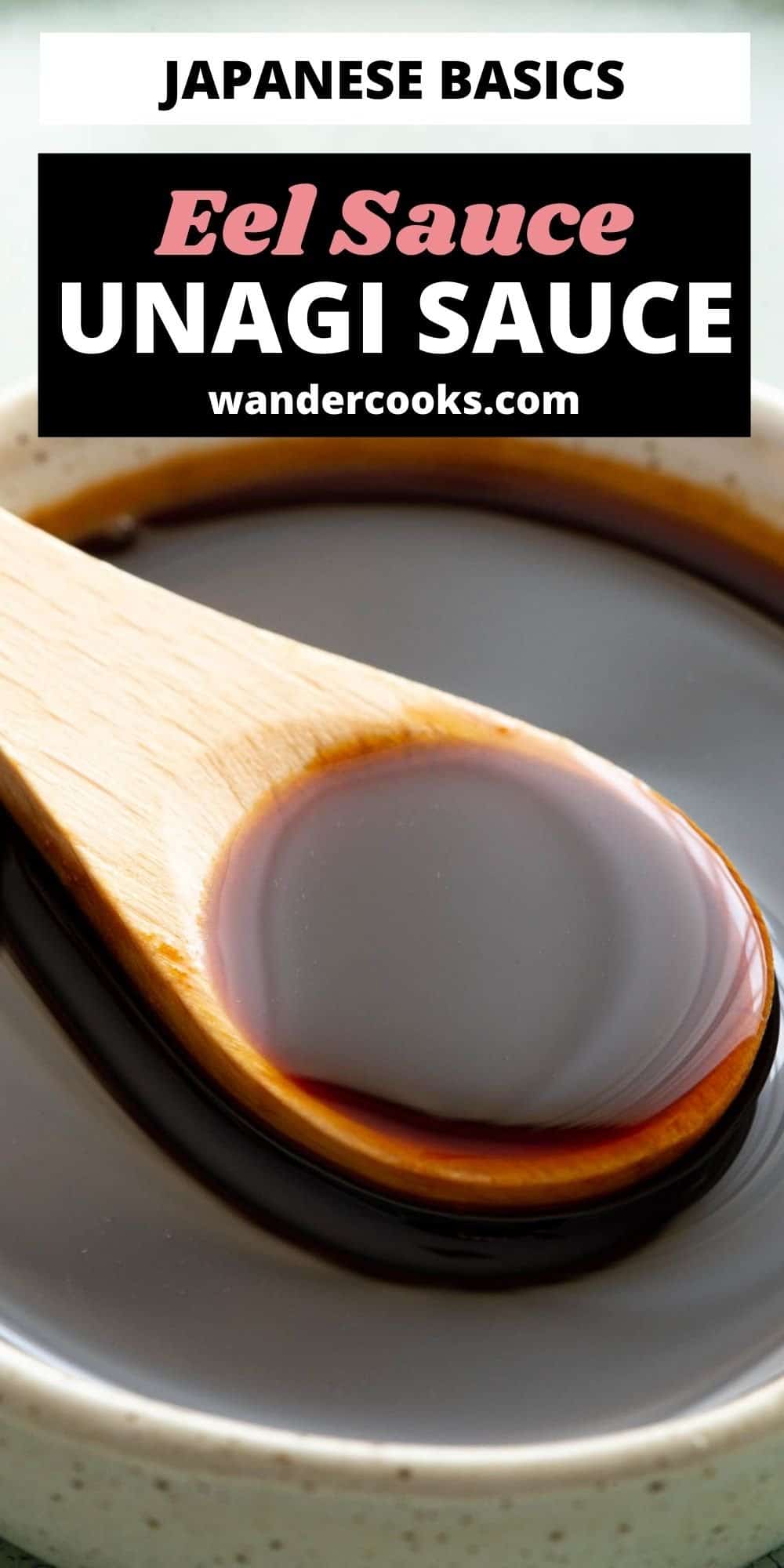

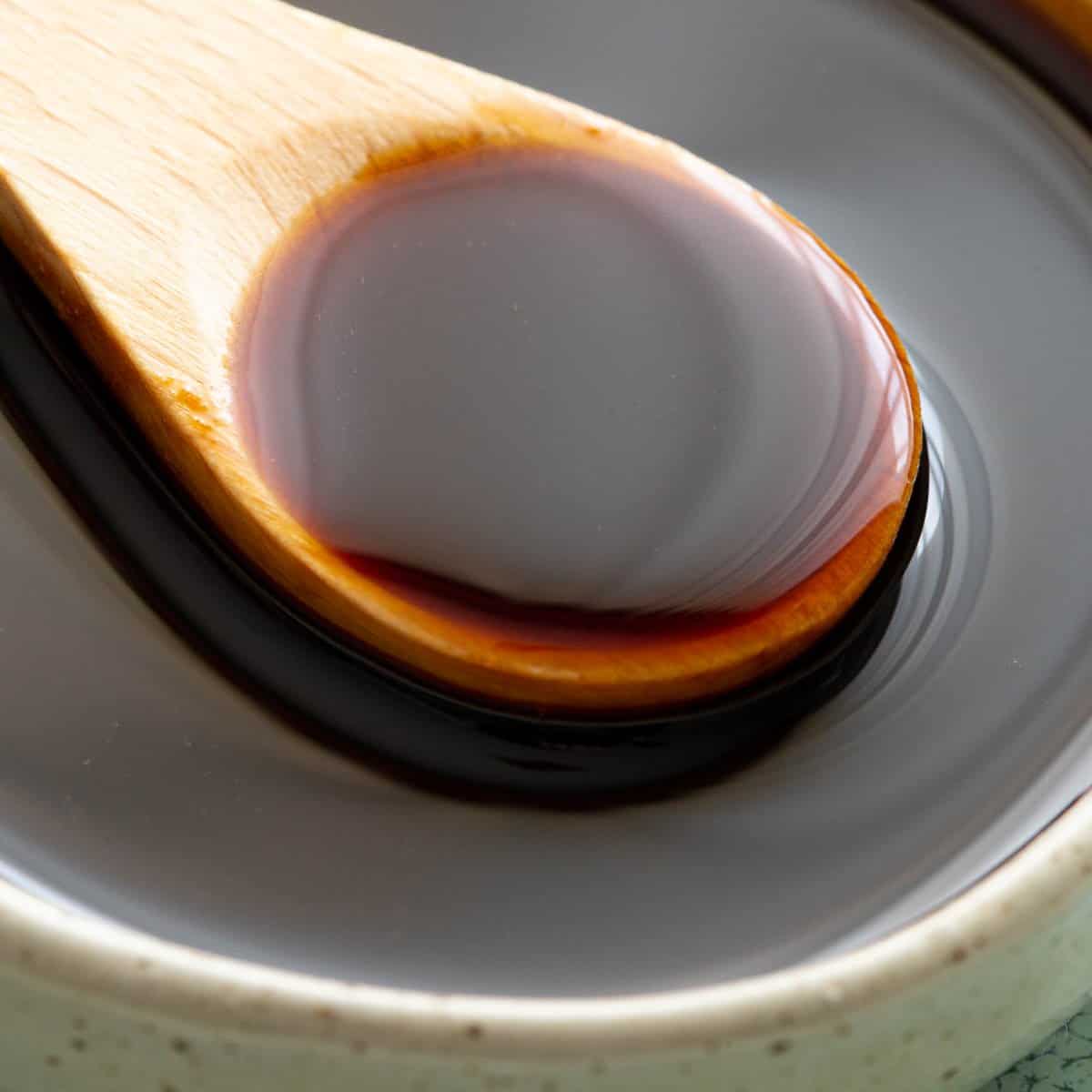

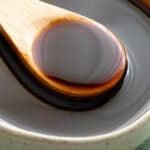
No Comments